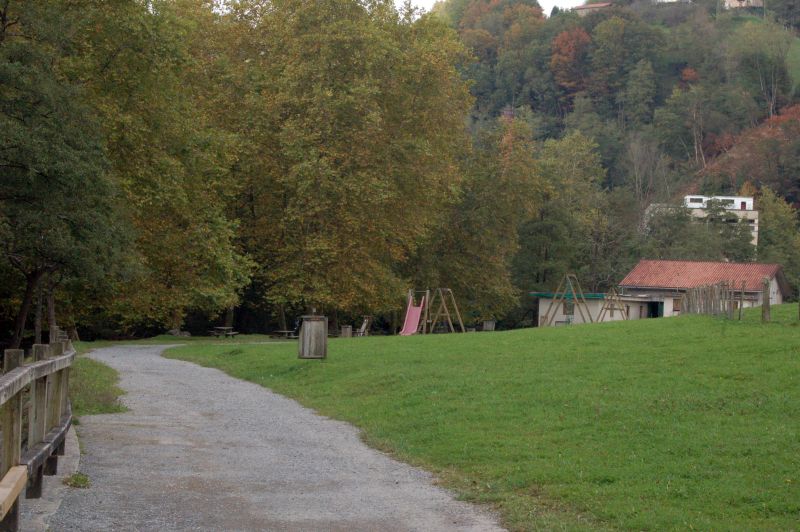
Puntos de Interés

Municipality
Arona
Located on the south of the island of Tenerife, at an altitude of 950 metres, is the municipality of Arona. Its territory slopes down towards the sea, interspersed with some mountains, such as Guaza and Cho, with small volcanic cones. Its name is of Guanche origin and, before the conquest, most of the land in the municipality of Arona belonged to the kingdom of Abona and a small part to the kingdom of Adeje.
Arona did not begin to take shape until 1625, after the land known as Los Cristianos and Los Quemados was obtained by Antón Domínguez, the Elder. Antón and his son built San Antonio Abad Chapel, around which the population began to settle.
Traditionally, Arona based its economy on agriculture, mainly on the cultivation of cereals such as wheat and barley, as well as other products such as barrilla, figs and cochineal. Likewise, whatever they extracted from Los Cristianos quarry, such as paving slabs, ashlar stone and filtering stones to purify the island's water.
Shortly afterwards, a certain interest in tourism began to emerge, with this sector becoming the main economic activity. From that moment on, a great transformation of its coastal areas took place: Playa de Las Américas, Los Cristianos, Costa del Silencio, Palm-Mar... with its harbour being the embarkation point for the island of La Gomera.
Although some agricultural activity is still maintained to this day, it is mainly based on the cultivation of bananas, tomatoes, potatoes, peppers and flowers in the San Lorenzo Valley.
Within the heritage of the town of Arona, declared an Asset of Cultural Interest in the category of Historic Site due to its narrow, cobbled streets and typical Canarian houses, San Antonio Abad Church, El Calvario Chapel and the Town Hall stand out.
Other treasures of the municipality are the archaeological sites of: El Rey Ravine, Los Cambados, Rasca, Chijafe Rock, Higara Rock, Malpaso Rock, Vento Rock, La Abejera Rock and the archaeological site of Las Toscas. It is also home to the palaeontological areas of Bunker-El Guincho Beach and Punta Negra, as well as the historic site of Casas Altas Farmhouse, all of which have been declared Sites of Cultural Interest.
As for the landscape and nature, in the vicinity of the municipality there are several protected areas such as the Roque de Jama Natural Monument, the Guaza Mountain Natural Monument and the Malpaís de La Rasca Special Nature Reserve. Last but not least, its beautiful beaches are perfect for water sports such as scuba diving and whale watching in the areas of Playa de Las Américas, Los Cristianos, Las Galletas and Costa del Silencio.
The patron saint festivities of Arona are held on the Sunday closest to the 17th of January, in honour of San Antonio Abad. The festivities include evening entertainment and a popular pilgrimage in which a sculpture of the saint is accompanied by residents and music groups dressed in traditional costume, from the parish church to the square.


